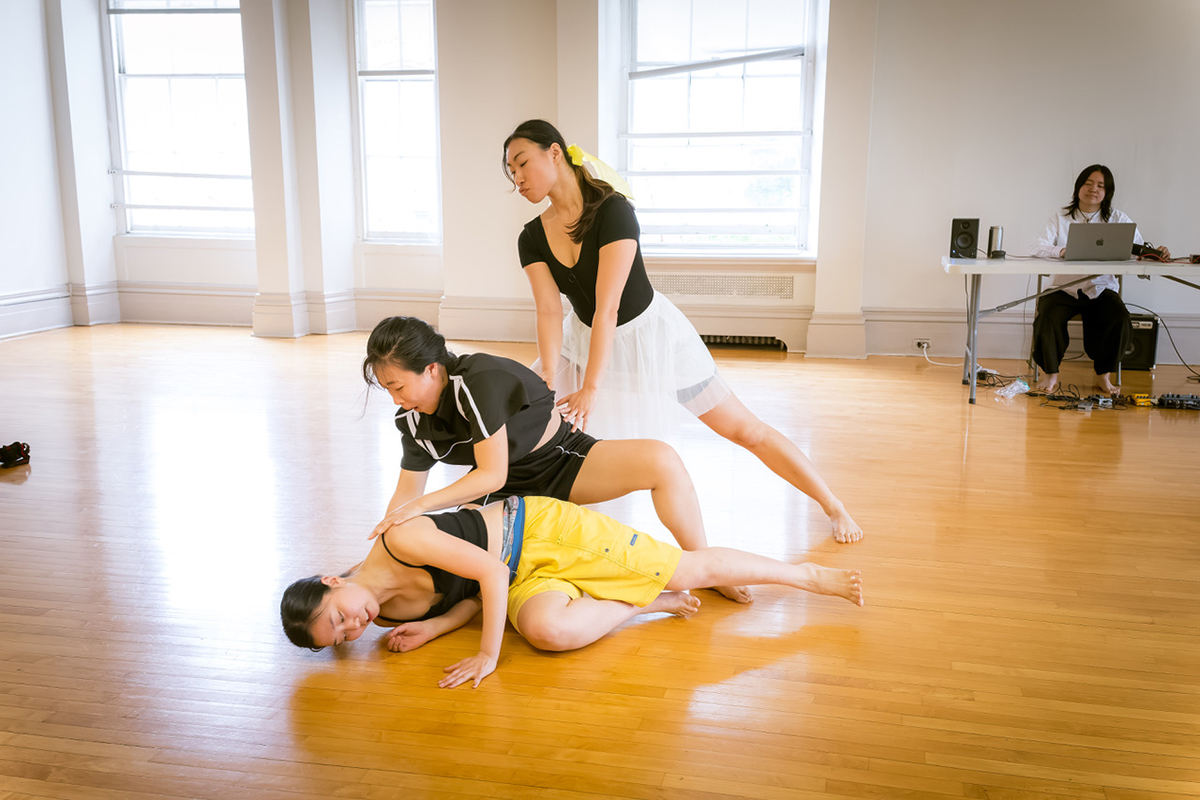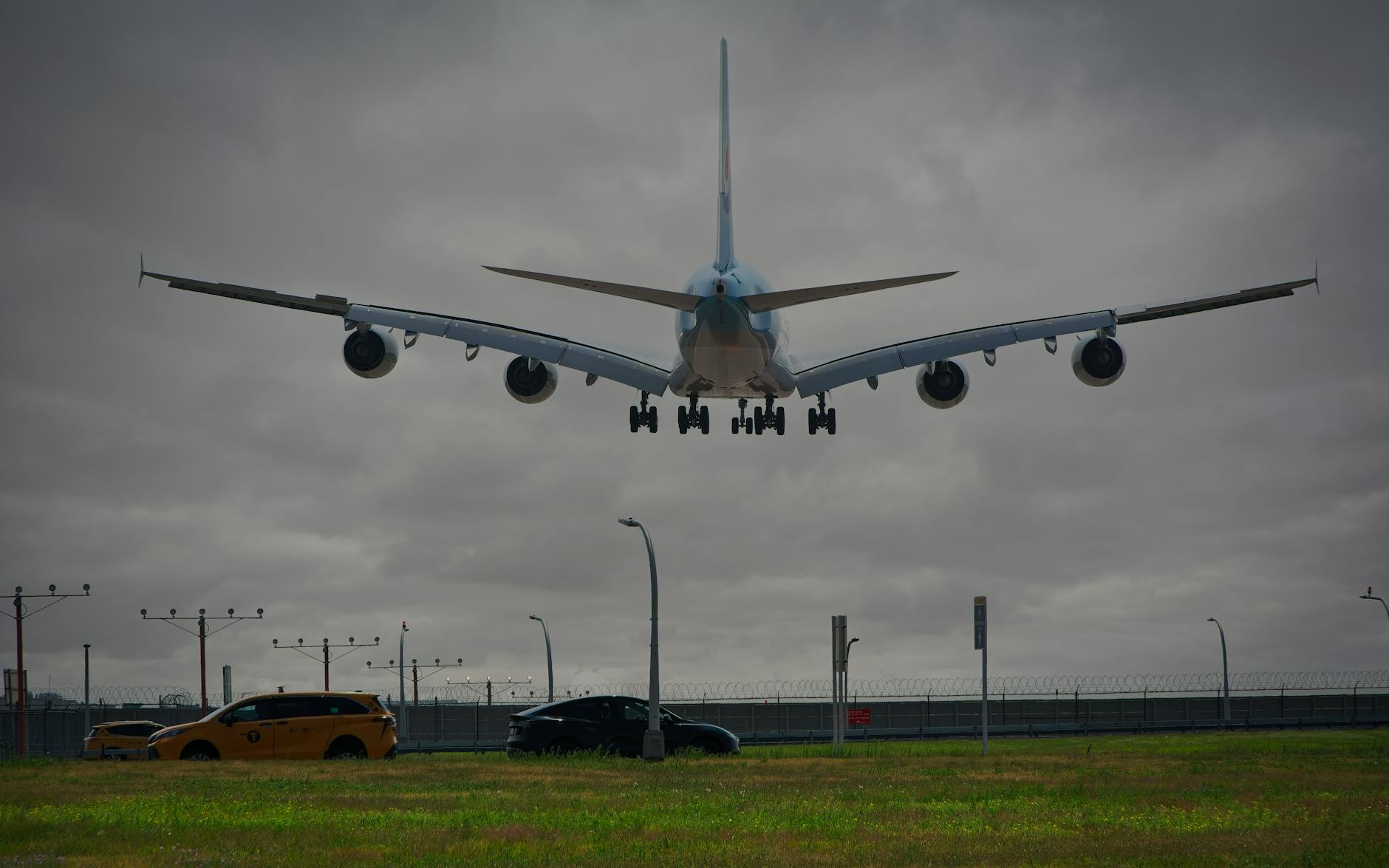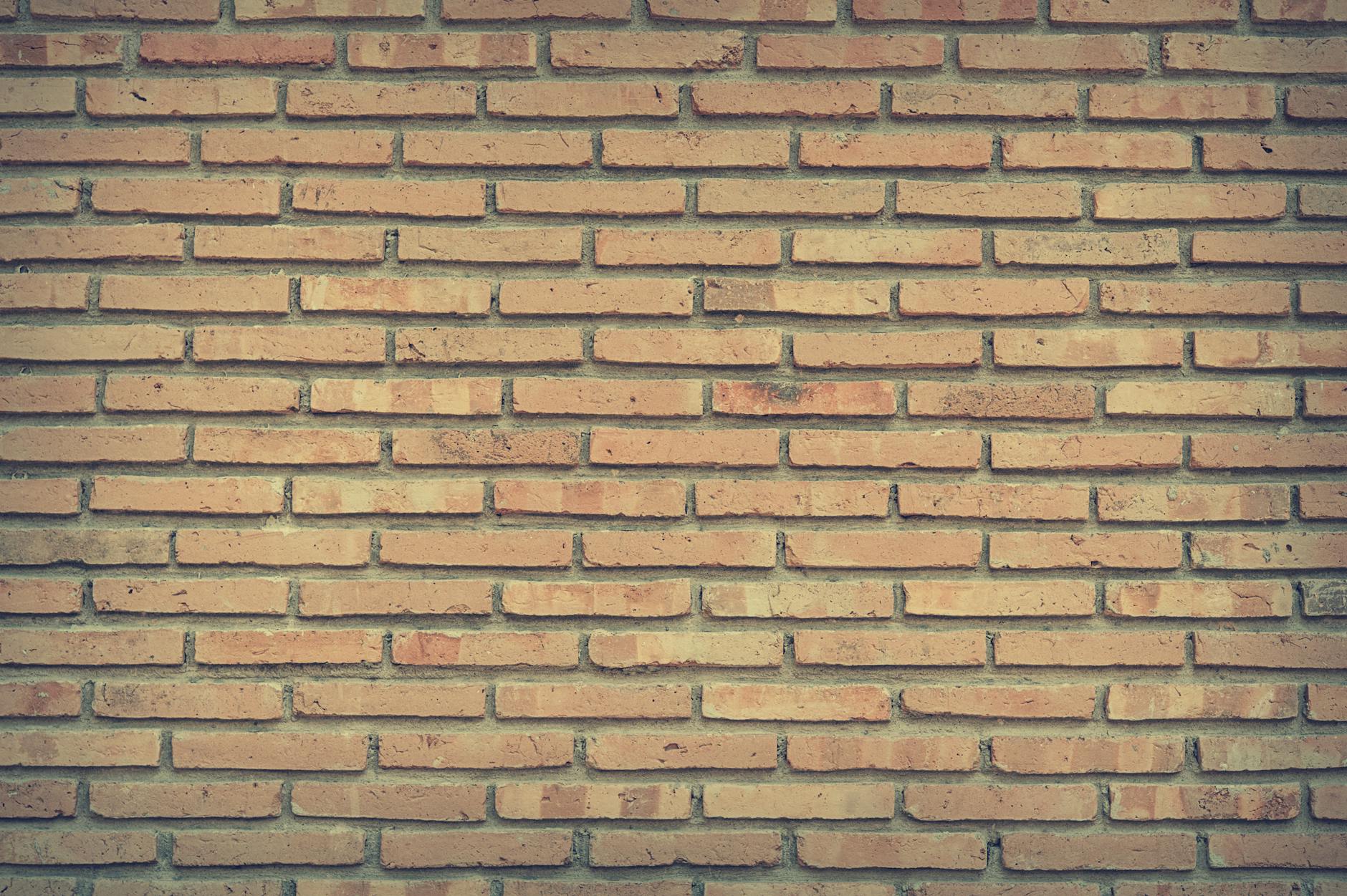OK, had the camera for a month and the pictures are amazing, now time to tweak things:
First a note on lenses and how they look at high magnification.
For instance, with the sharpest zoom I’ve ever used, the 70-200 f/4 IS L, it’s obvious, shooting at infinity, that the optimum aperture is f/8 at al focal lengths.
Use a so-so lens, like the plastic EF 70-300 f/4-5.6 III, and you’d better stop it down to f/8 ~ 11 and not use it at longer than 135mm.
The 50 1.4 USM is great, but again, optimum at f/8 and f/11.
The 28-135mm IS is OK at 50mm at f/8-f/11. At 28mm you have a lot of lateral color fringes, and it gets softer much longer than 70mm.
The original EF 14mm f/2.8 L has loads of lateral color, and is optimum at f/11. This will be greatly improved if DxO makes a module for it. Don’t buy a 5D Mark II for the original 14mm; it’s not sharp enough to make it worth your while.
The excellent 15mm fisheye is very good. It has some lateral color, and is optimum at f/8.
The 16-35mm II, althought it is the best wide zoom of its kidn, can look awful, since it, like the 14mm lens, has never been as sharp as normal and long lenses. It’s best at f/11. I discovered that I get much better results using just the one center AF sensor, since using all the AF sensors at the same time giver poorer results. This had me chasing the forbidden AF tweak controls, until I realized that I probably was chasing a field curvature issue instead.
The 17-40mm is as good as the 16-35mm II. It’s not pretty if you’re looking too close. Best aperture is f/8~11.
Canon’s inviolate slow speed limits in Auto ISO are those you’d pick for still subjects. They counter hand motion, but not subject motion.
With a 50mm lens, Canon’s Auto ISO tries to keep you at 1/40 or faster.
At 70mm, it’s 1/80, and at 200mm, it’s 1/160.
At 35mm it’s 1/30, and at 16mm, it’s 1/15.
Canon’s Auto ISO is brilliant for shooting still subjects, as I usually do with a 5D Mark II, but since Canon’s Auto ISO can’t be altered, it’s useless for shooting motion with wide and normal lenses. unless you shoot in Tv mode.
Bravo! As hoped, lower resolution files get sharper because Bayer Interpolation is no longer needed.
Unlike Nikons, which don’t get any sharper at 100% when set to smaller resolution files, M and L files form the 5D mark II are super, duper sharp.
Peripheral Illumination (Vignetting) Correction. Unlike in Nikon, this feature works in the 5D Mark II.
The results are obvious with the 50mm f/1.4 USM at f/1.4. With the correction turned on, which it is by default, the frame is evenly lit, instead of highlighted in the center.
No one needs 21MP. All it does is slow everything and clog your hard drive.
Try shooting your 5D Mark II at it’s M (11MP) or S (5MP) settings. If you look at your images at 100%, you’ll see that the lower resolution shots are sharper!
Why? Because they use less, or no, Bayer interpolation. No digital camera really resolves its rated resolution; they cheat and interpolate up, so at 100% at its rated resolution, no digital camera image is as sharp as a true scan from film.
At the 5MP setting, you have 100% R, G and B pixels, exactly as if you were using a Sigma Foveon sensor. If Sigma was selling this, they’d sell the 5MP (S) setting as if it were 15MP (also a lie).
What this means is that the lower resolution settings actually pack away lot more detail than you think. The S (5MP) setting of the 5D Mark II is a lot sharper than any 5MP camera.
When I’m photographing family and friends, I shot at S!
Likewise, there may be very little extra real definition gains by shooting at L, as opposed to M. M many be all anyone needs for any size enlargement.
If you’re testing lenses, sure, shoot at L, but for everything else, try the settings for yourself, You’ll probably get what you need at the smaller settings. For instance, the 11MP setting of the 5D Mark II has way more detail than any of the 12MP (native) Nikon cameras.
The resolution advantage of the 5D Mark II is obvious, even at lower settings. Try them.
Called “Auto Lighting Optimizer” by Canon, this is common in the newest generation of cameras from Nikon and Canon. It is a subtle and extremely important way to improve almost all images. It lightens shadows that get too dark, while holding the highlights.
High Tone Priority, which preserves highlights, only works between ISO 200 and ISO 1,600.
There are two Silent Shooting modes in Live View. This lets you shoot without appearing or sounding like you’re taking pictures!
In Mode 1, the mechanical shutter is open at the beginning of the exposure, and instead uses the electronic 1st-curtain function of the CMOS sensor and a reduced shutter-cocking noise, allowing multiple shots to be taken with minimal noise.
In Mode 2, to minimize shutter noise during single frame photography, shutter cocking does not occur until the shutter button returns to the half-way position after shooting.
Nikon D3X Sharpness Comparison
The D3X wins. Not only is it sharpest, it’s the most natural, even shot as JPG.
The Canon 5D Mark II looks crappy by comparison as direct-from-camera JPGs. The 5D Mark II applies too much oversharpening and too much noise reduction to remove subtle textures.
The wild part is that if I go through the trouble of shooting CR2 with the 5D Mark II and open it in Lightroom 2.2 that it looks almost identical to the JPG direct from the D3X!
It sounds like this analysis shows that the default sharpening and noise reduction are on too high in the Canon. Standard picture style sets sharpening to 3, I normally use neutral which is set to 0 as a result. In trerms of noise reduction, sounds like turning noise reduction off or to low makes sense for the 5DII.
Here is another view where he uses very low sharpening of 1 at Standard Picture Style instead of 0 at Neutral
Canon EOS 5D Mark II Digital SLR Camera Review
Noise is a very hard characteristic to compare and to put a number on. It has size, shape, quantity, brightness, color … and noise reduction can be done at any point in the image processing pipeline. Applying noise reduction reduces the amount of noise in an image – usually at the cost of image sharpness/details. As I’ve said before, my personal preference is for the camera to allow me to choose the amount of noise reduction applied during post processing of RAW images. I usually opt for no NR until ISO 1600 or so and then select a low NR setting until the highest ISO settings are reached.
Canon EOS 5D Mark II Digital SLR Camera Review
Canon EF 24-105mm L Lens @ 24mm f/4.
No correction results in over 3.5 stops of vignetting in the corner of this lens. Turn on the in-camera PIC and the in-camera JPG is corrected by about 2 stops in this example. RAW images receive an instruction for DPP to correct shading slightly more than the same in-camera JPG correction in this example. High ISO shots receive less correction (likely because noise is increased in the corrected areas). Of course, RAW images can be adjusted to the level of correction desired when post processing in DPP.
Canon EOS 5D Mark II Digital SLR Camera Review
An external mic attached to the 3.5mm stereo mini jack makes a nice upgrade. The 9v battery-powered Rode Stereo VideoMic (and the included “Dead Kitten WindMuff”) is working nicely for me. It is not large (hot shoe mounted) and does not pick up image stabilizer noise – it is a nice upgrade for on-camera sound quality.
Here is another view of this $249 microphone. It’s expensive, but on the other hand, getting good quality audio is hard.
Microphone Review: Rode VideoMic
The VideoMic from Rode is a unique solution for intermediate and advanced shooters looking to add more audio control and power over their existing on-camera mic. It’s surprising that there aren’t more mics like this one, offering an all-in-one shock mount/mic design.
Finally, there is a comment about shooting video. The net is that the tricky part is keeping it all in focus since it does take in HD, but there isn’t auto focus that works smoothly. You have to constantly flip the thing into focus mode and this takes time. Doesn’t work as well as a cheesy camcorder. So for sports, it is pretty useless, but for birthday parties, landscapes and the like, this is a fine camcorder replacement. Most folks just set the thing for manual focus and do their best. Since the camera runs in full automatic, you can’t control the aperture. But personally, I’d the thing as wide open as possible to get as much in focus as possible.
Canon EOS 5D Mark II Digital SLR Camera Review
Contrast mode AF (with or without Face Detection) will work in video mode, but it is not recommended (even by Canon). Any AF noise will be recorded by the internal mic, any focus hunting will ruin the footage and this AF method is slow. I find manual focusing to be much easier than I expected – especially when pre-focusing using 10x Live View. If you are tracking a subject, life becomes more difficult – keeping the camera still while adjusting focus is not easy.





